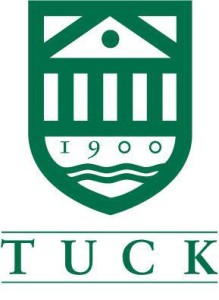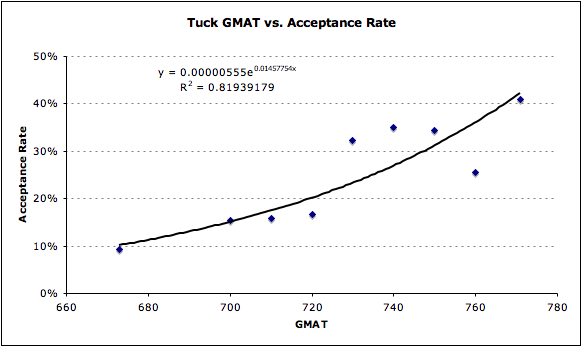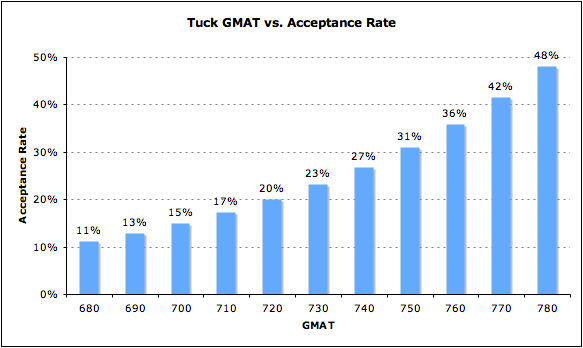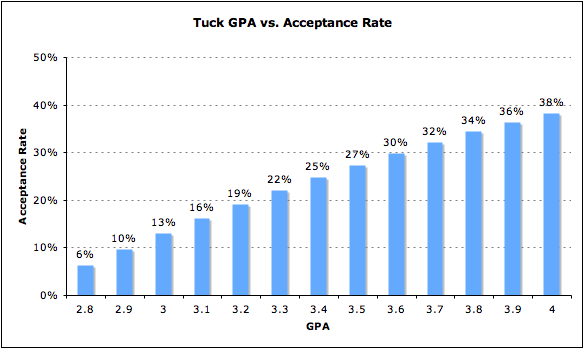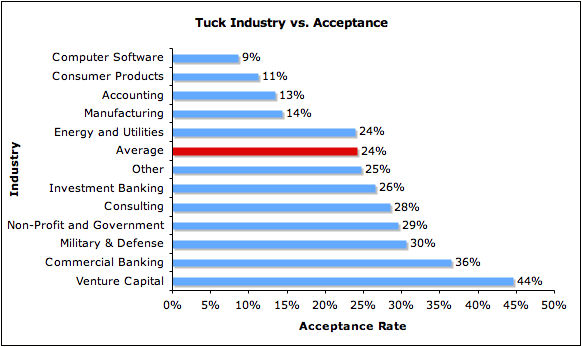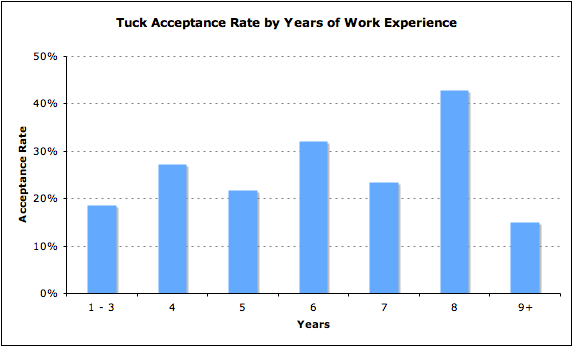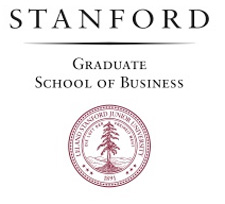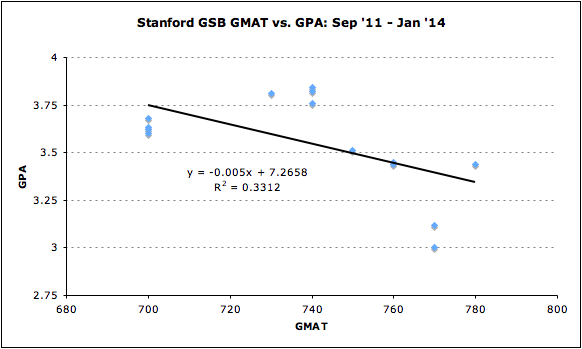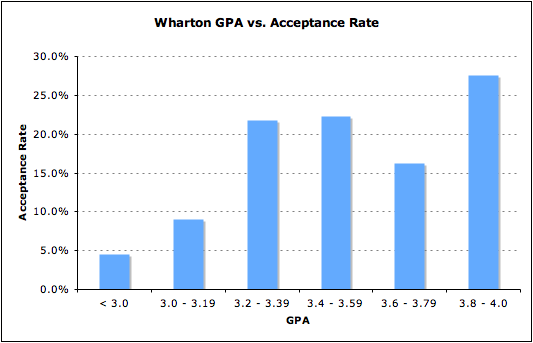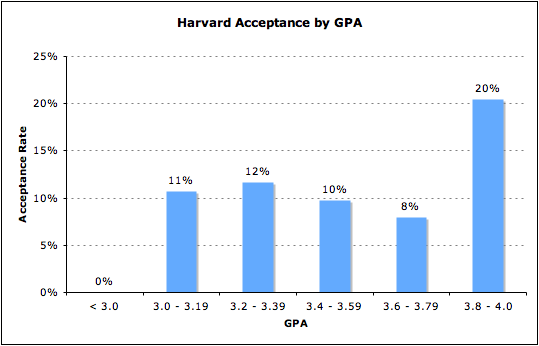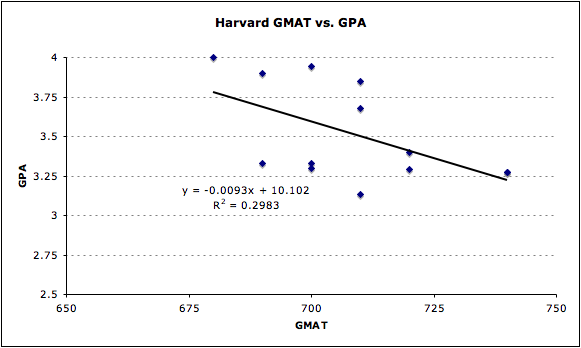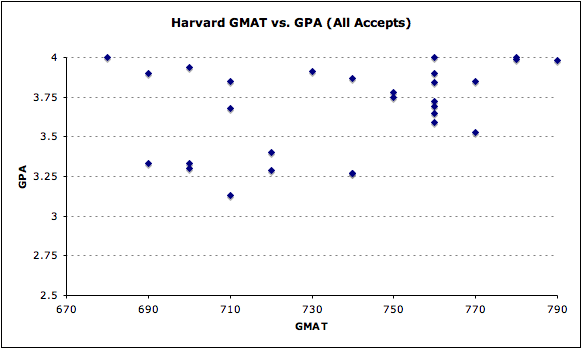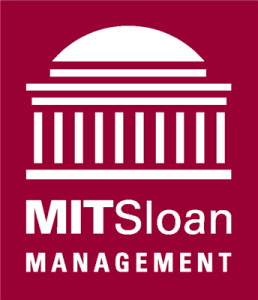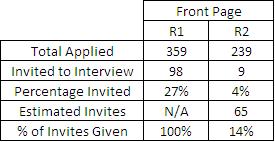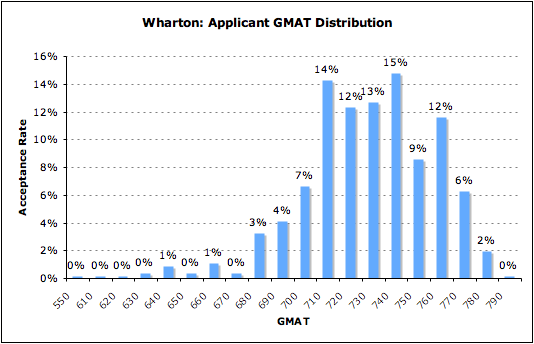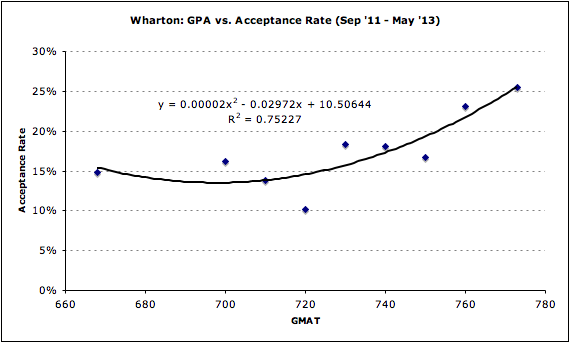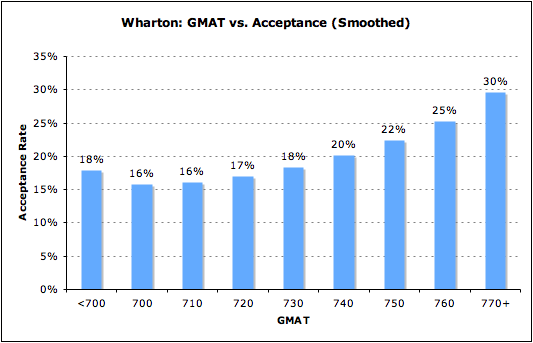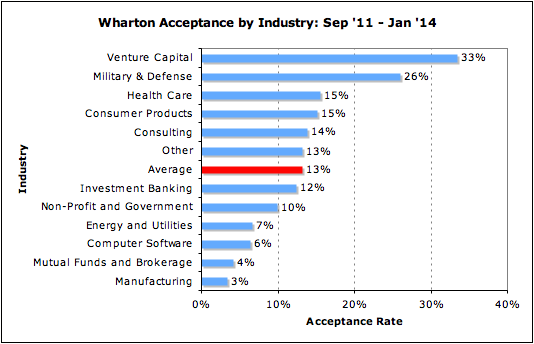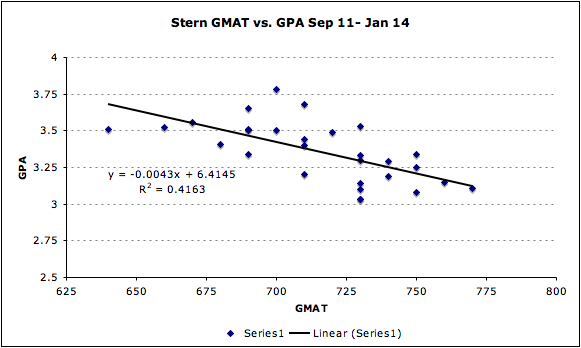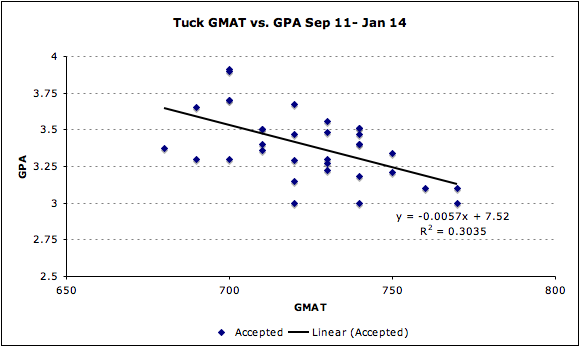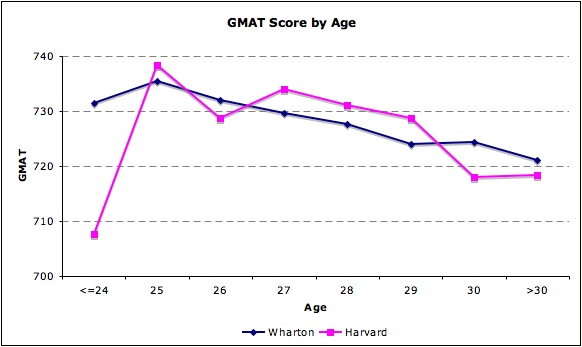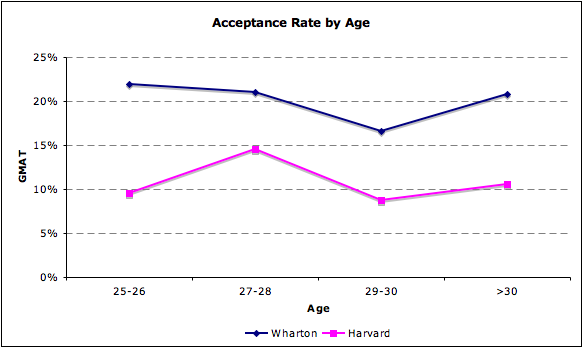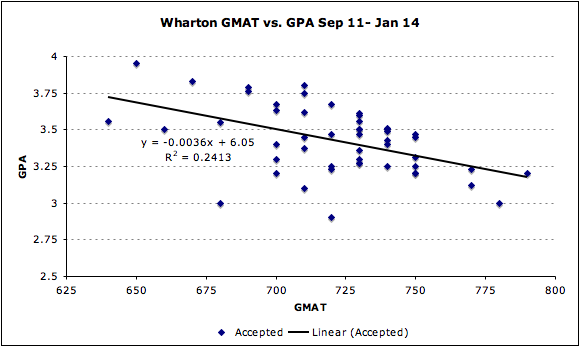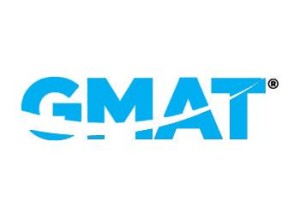 GMAT Preparation is a challenging experience. The average GMAT score at top schools has increased significantly over the past 5 years. The GMAT score is up at 19 out of the 25 top schools in that time period. It is critical for aspiring MBA students to study for the GMAT in an intelligent manner so they can maximize their chance of admission to their dream school. Here is how I was able to score a 770 on my first attempt at the GMAT.
GMAT Preparation is a challenging experience. The average GMAT score at top schools has increased significantly over the past 5 years. The GMAT score is up at 19 out of the 25 top schools in that time period. It is critical for aspiring MBA students to study for the GMAT in an intelligent manner so they can maximize their chance of admission to their dream school. Here is how I was able to score a 770 on my first attempt at the GMAT.
Do Not Rush Your GMAT Preparation, I Studied for 6 Years
I know right now you think I am crazy for studying for 6 years, but it’s not what you think. I first started my GMAT preparation during the summer between my junior and senior year of undergrad. I had free time and GMAT scores are valid for 5 years. I studied for 10 to 15 hours and then life got in the way. I never ended up taking the test at that time. Since then, every year or two when I had some down time I would begin studying again, once again finishing about 10 to 15 hours of GMAT preparation before something would prevent me from finishing studying. Each time I came back to studying for the GMAT it was easier.
I finally got serious about studying for the GMAT in January 2013 because I knew I would be applying in the Fall. I studied from January until October when I eventually took the test. Studying over a long period of time has several benefits. Your brain can only absorb so much information per day. When you rush your learning by cramming last minute, you will forget almost as much as you learn, and it will not become second nature. The human brain commits information to memory during the rem cycle of sleep. If you are up late at night cramming last minute then you will not be getting enough sleep and benefit from all your studying. By studying slowly over time and getting enough sleep, you will absorb more information and your GMAT preparation will be more efficient.
I do not recommend studying over a 6 year timeframe for anyone. It is much more reasonable to plan for 6 months to a year of GMAT preparation. So if you are planning to apply for the class of 2017, now is the time to start studying.
Set a Date Test Date as Soon As Possible
When I began studying last year, my plan was to take the GMAT two months later. My goal was to study five to ten hours a week. Since I did not actually commit and schedule my test, I did not feel motivated to stick to my study plan, and the date I wanted to take the test slipped further and further. If I had a fixed date I needed to be ready by, then I would have done a better job of prioritizing my GMAT preparation. During January through May, I probably only studied two or three hours a week instead of the five to ten I wanted to. Spreading out my studying over nine months did end up benefiting me by allowing me to slowly absorb the material and get plenty of sleep, but it forced me to miss the round 1 application deadlines.
Diversify Your GMAT Preparation Techniques
GMAT preparation is not fun, but it is necessary in order to achieve a high score. Between work, social life and chores, I did not have a ton of time for GMAT preparation. I decided to try to optimize my limited time so I could study as efficiently as possible without letting the other areas of my life suffer. I found that a great way to multitask is to watch GMAT videos while doing chores or other low brain function tasks. Manhattan GMAT has some great GMAT videos posted on Vimeo that I used to study. There are also hundreds if not thousands of GMAT preparation videos on YouTube. I watched these videos every night while I cooked dinner, folded laundry, and cleaned my room. Over the course of 9 months of studying, I watched approximately 40 hours of GMAT videos without losing any time I needed for other tasks.
In addition to the videos, I also studied from traditional GMAT preparation text books. I found the official Guide by GMAC to be the best book. GMAT books are helpful for practicing problems. The books usually have problems in order of type of problem. On the test the questions will be in random order, so be sure to spend time practicing problems in random order rather than doing all algebra questions for an hour then all trigonometry questions for an hour.
Remember that the actual test is computer based, so be sure to practice doing some questions on your computer. There are a lot of great website such as GMAT Club and Beat the GMAT that offer resources for studying.
Practice Tests
GMAC offers two free practice tests that are very similar to the real GMAT. I don’t recommend wasting one early in your GMAT preparation because you only have two. Take a pen and paper test, Kaplan test or Manhattan GMAT test to roughly see where you are early on in your studying. Take your first real GMAC practice test about half way through your GMAT preparation to measure your progress. You can take the first practice test more than once. If you retake the first practice test, a lot of the questions will be different if you get certain questions right that you missed the first time. This give you a mostly different experience. I recommend retaking the first practice test once or twice. Take the second official GMAC practice test approximately two weeks before your actual test to see if you are close to the score you are hoping for.
The Human Brain Has Limited Capacity
I did all of my studying and practice tests after a full 10+ hour day of hard thinking at work. All of that thinking drains your brain’s capacity to perform on the GMAT and will slow you down. On my first official practice test I scored a 740. On my second official practice test I got a 730. Both of these tests were taken at 6 pm after working around 10 hours. On my actual test day, I took the test at 10 am without having worked all day. My brain was fresh which allowed me to move through the test faster and achiever a higher score of 770. I was in the 97th percent for quantitative and 98th percent for verbal. If you do decide to take your practice tests at night after working all day, you can be reasonably sure that you will perform at least as well as you score if not noticeably better.
GMAT Timing is Critical
Most GMAT questions can be answered pretty easily with enough time, but test takers have limited time to complete the test. Be sure to not only practice getting the questions right, but getting them right in the appropriate time period. If you can figure out within 30 seconds that you have a low chance of getting a question right, then make an educated guess and save the extra minute or so for a question you have a better chance of getting right.
The more answers you get right, the harder questions get. Some test takers go with an unconventional approach of randomly guessing on the first two questions. If you get them right then you have bought yourself 4 free minutes on the rest of the questions. If you get them wrong then the next several questions will be easier, so you can complete them faster and save time for the later more challenging questions, plus you still have the 4 free minutes for later in the test during the difficult questions.
Some people try the opposite approach, spend more time on the early questions so they can get them right. This is a bad approach because you will end up with harder questions faster and end up having less time for the hard questions later since you spent extra time on the early problems.
Good luck with your GMAT preparation. Studying is difficult and boring, but it pays off in the end. Having a high GMAT score significantly increases your chance of acceptance at top schools like Wharton.

